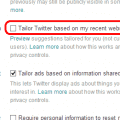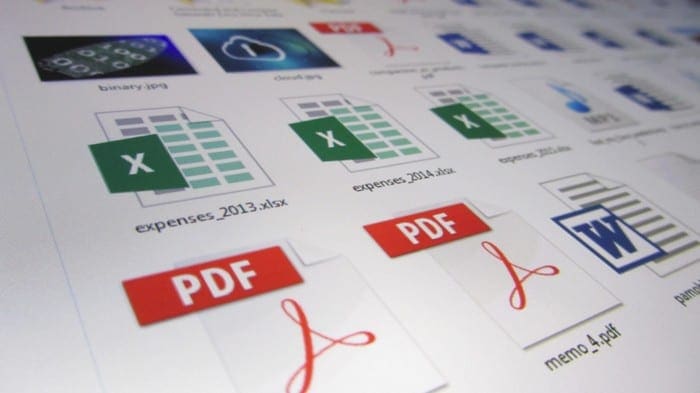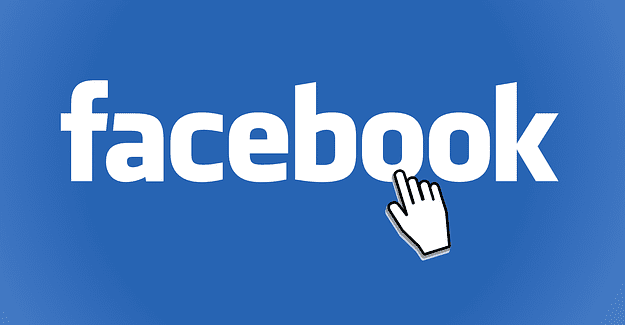In the 2002 movie, Minority Report, there is a scene where the main character walks into a Gap store and is greeted by a holographic woman. She welcomes him by name and asks if he liked the assorted shirts that he had previously purchased. As he walks around the store, you can hear similar personalized greetings being made to each person that enters the store.
This is essentially what a Universal ID would do for the digital advertising world.
Marketers would receive nearly as good of intel on each consumer as Google and Facebook have. In turn, this would allow them to deliver the best ads to the right consumer.
Contents
How the Digital Advertising Landscape is Currently Working
Currently, the digital advertising landscape is broken into two major sections, walled gardens, and everything else.
Walled Gardens
Basically, walled gardens are sites that you have to log into. They link all your information to the email address or phone number used for login. Amazon, Google, Facebook, and Apple are all excellent examples of a walled garden. This is considered first-party cookie collection and it allows for these sites to know exactly who each consumer is and what their preferences are.
Outside the Walls
The digital world that exists outside of these sites is what compiles the rest of the digital advertising landscape. The site only collects and relays partial information is to marketing and advertising firms. They’re in the form of cookies or device IDs through third-party’s. The data does not include personal information, so they need to match and sync cookies across multiple providers. Then, the company can form a reasonably accurate profile for a consumer.
Simply put, for each consumer there are thousands and sometimes millions of partial profiles that need to be matched in almost real-time to make digital advertising effective. Having to sync the data adds extra code to websites, making for longer load times.
Consumers who experience longer page loads are more likely to abandon the page before it finishes loading, this can be especially true on mobile devices that have lower bandwidth. There is also the possibility that the wrong cookies will match. The consumer would see a non-optimized advert. Internet browsers are also providing users with the ability
How Universal Digital IDs will change the Digital Advertising Landscape.
Universal IDs will seek to level the playing field between walled gardens and everyone else. The goal is two drastically lower the number of IDs that need to be synced for the consumer. Remember, currently there are thousands or millions that need to be synced. Universal digital IDs would lower that number to five or fewer.
The fewer IDs needed to sync would provide a number of benefits to everyone involved. For consumers, there would be faster page loads and more relevant advertisements being shared. Site publishers will be able to have less code weight on each page allowing for increased efficiency, requiring less bandwidth.
Digital advertisers will receive a much more complete and accurate picture of the consumer. The more detailed a consumer profile can be, the more specific a market segment can be. Overall, this will provide for better and more efficient user experience from start to finish.
Implementation
While Universal IDs still do not have a lot of traction in the digital advertising landscape, there are several firms that are trying to increase its popularity and use. The biggest of them are IAB Tech Lab, The Trade Desk’s and the Advertising ID Consortium. Each of these has its own version of a Universal ID created with the hopes of eventual widespread use.




